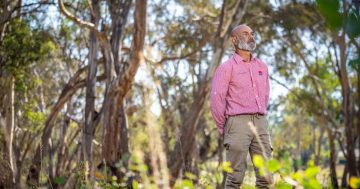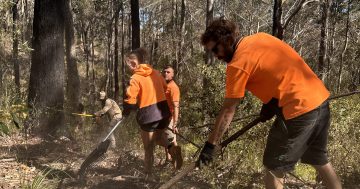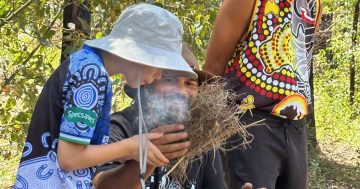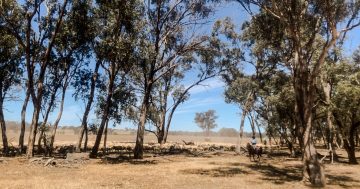
Trainees travelled to the subalpine region of NSW. Photo: Steve Bruce/Unsplash.
Kosciuszko is to be included in a cultural burning exercise by the Wolgalu Umbe Traditional Custodians Corporation.
Cultural burning has been used in Australia for tens of thousands of years to protect and enhance bushland.
Now, across Wiradjuri country in the Central Tablelands, a partnership between the Traditional Custodians, Firesticks Alliance Indigenous Corporation, Central Tablelands Local Land Services (CTLLS), and K2W Link is helping train a new generation of Aboriginal people to undertake cultural burnings.
“Aboriginal people do burning for a range of outcomes to protect cultural sites, manage vegetation, manage fire intensity and protect areas, manage vegetation structure, and fulfil cultural obligations,” Aboriginal Communities Support Officer, CTLLS Greg Ingram, said.
“Cultural fire also has a place in ensuring a continuous living culture for Aboriginal people and the associated benefits to well-being associated with this.”
The program is supporting 17 Aboriginal participants to learn the methods of traditional burning with culturally endorsed fire practitioners.
“They are trained and monitored in line with traditional practices and lore, so they do not harm country or culture,” he said. “The training also protects the integrity of the actual practice of traditional burning.”
In 2022, trainees took part in a knowledge exchange trip designed by the Wolgalu Umbe Traditional Custodians supported by K2W Link as part of the Great Eastern Ranges Bushfire Local Economic Recovery Fund project funded by the Australian and NSW Governments.
The trainees travelled to the subalpine region of NSW around Tumut to learn in the traditional environment, on Wolgalu country. There they gained exposure to true cultural teaching and nurturing with knowledge holders and elders. This included the Wolgalu Umbe approach to the equally important roles of men and women in their journey towards becoming fire practitioners.
The Wolgalu Umbe Traditional Custodians Corporation still undertakes burning in areas of the Snowy Mountains region around Tumut, Brungle and Kosciuszko and have retained in-depth cultural knowledge.
While out on country, they saw the impacts of the 2019-20 bushfires on the landscape and discussed western land management regimes from a cultural perspective.
“They were also able to learn about the impacts that an absence of cultural land management has on totemic species, cultural sites and the cultural landscape, such as the altered fire regimes, the fungal disease affecting the corroboree frog and feral animal impacts … There is evidence that current fire management is out of balance,” Greg said.












